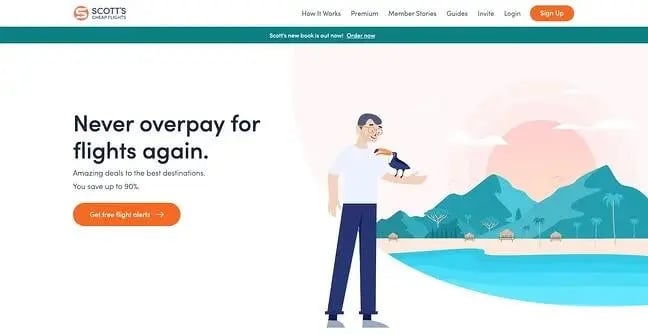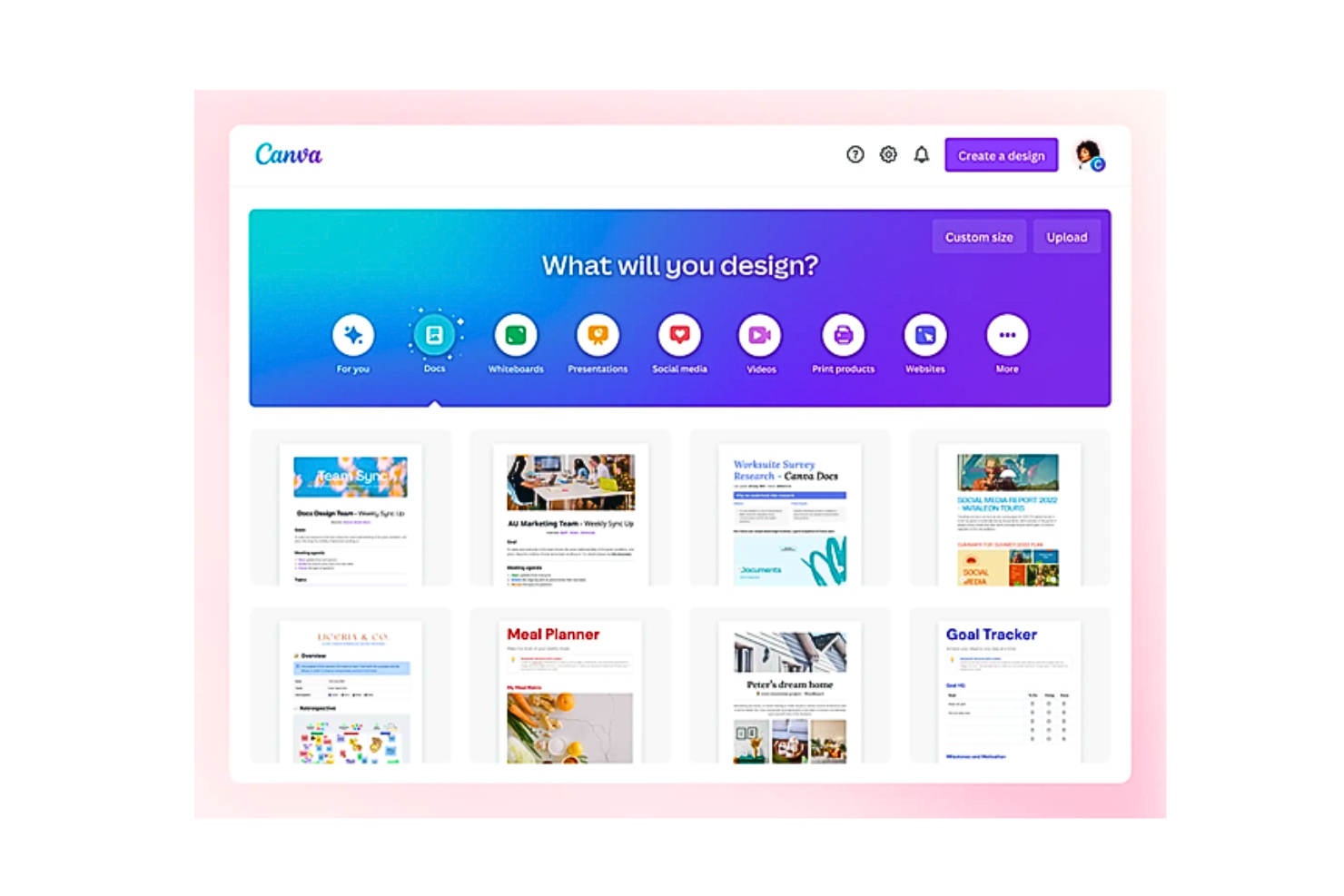Modern Internet Site Style That Captures Attention and Converts
In a progressively digital landscape, modern-day website design has emerged as a critical element in recording user attention and driving conversions. As we check out these crucial parts, it comes to be clear that recognizing their interplay can dramatically influence a website's efficiency and customer complete satisfaction.
Significance of Visual Pecking Order
Visual pecking order is an essential element in website style, as it overviews customers' attention and improves their general experience. By tactically organizing material, developers can route users to the most crucial information first, consequently enhancing interaction and improving functionality. Efficient visual hierarchy employs different techniques, including size, spacing, shade, and contrast. Bigger aspects normally attract the eye, while contrasting colors can emphasize crucial messages, making them stick out amongst more suppressed parts.
Incorporating a logical circulation in material setup is vital; for example, placing one of the most crucial info on top of a web page fosters immediate recognition. Constant use of typography, such as differing font dimensions and designs, aids develop a clear web content framework. This company not just aids in navigation however likewise constructs trust fund, as customers really feel more comfortable when they can easily find what they are looking for.
Eventually, a well-executed aesthetic pecking order not just boosts visual allure but also substantially affects user behavior. By prioritizing crucial elements and ensuring a smooth experience, designers can successfully convert visitors right into customers, enhancing the value of this foundational style concept in modern site advancement.
Responsive Design for All Devices
Producing a smooth experience across different devices is necessary in today's electronic landscape, where individuals access web sites from tablets, smartphones, and desktop computers alike. Responsive layout is an important approach that makes sure internet sites adjust fluidly to different display alignments, sizes, and resolutions. By employing versatile grids, images, and CSS media questions, designers can create formats that preserve visual honesty and performance, regardless of the tool being used.
The significance of receptive layout extends past looks; it directly affects individual involvement and conversion rates. A website that operates well on all devices motivates longer brows through and minimizes bounce prices, as users are more probable to connect with web content that is easy to browse. Search engines, especially Google, prioritize mobile-friendly websites in their positions, making responsive layout an important element of search engine optimization (SEARCH ENGINE OPTIMIZATION)
Integrating receptive layout not only boosts customer experience however likewise simplifies the growth procedure. By producing a solitary site that works throughout tools, companies can conserve time and resources compared to creating different mobile and desktop computer versions. Eventually, receptive style is a basic technique for modern-day internet site layout, guaranteeing accessibility and complete satisfaction for all customers, no matter of their tool.
Involving Interactive Aspects
While a find more info responsive layout lays the groundwork for a functional internet site, incorporating appealing interactive elements is vital for capturing individual focus and cultivating deeper links. Website Design. Interactive elements, such as computer animations, quizzes, and clickable infographics, develop an extra dynamic customer experience, urging visitors to invest even more time on the website
Including interactive functions can likewise guide individuals via facility details, making it less complicated to absorb web content. As an example, interactive sliders can highlight product variants, while ingrained videos can give presentations or testimonies that resonate even more than static pictures or message. Moreover, gamification strategies, like benefits for involving or completing jobs with material, can boost user inspiration and retention.
Efficient usage of interactive aspects not just improves the user experience but can likewise lead to greater conversion prices. It is important to stabilize interactivity with efficiency; extremely intricate features may More Info hinder website speed, adversely impacting user satisfaction.
Streamlined Navigation Practices
Effective navigation is a cornerstone of any successful website, as it directly affects customer experience and web content accessibility. Streamlined navigating techniques ensure that users can easily locate details, boosting their communication with the site. A well-structured navigating food selection ought to be simple and intuitive, typically including a minimal number of main classifications to avoid frustrating site visitors.
To accomplish streamlined navigation, developers ought to prioritize a hierarchical framework that logically organizes content. Applying breadcrumb routes can give users with context concerning their present location within the site, allowing for smooth his explanation backtracking. Additionally, utilizing drop-down food selections can properly save space while still giving access to subcategories.
Responsive style is important, as navigation should be useful across all devices (Website Design). Mobile customers, particularly, gain from touch-friendly menus and retractable sections that maintain use without jeopardizing looks

Reliable Call-to-Action Methods
A well-crafted call-to-action (CTA) is crucial for leading customers toward wanted results on a site, as it encourages them to engage with material or make a purchase. To optimize their efficiency, CTAs should be clear, engaging, and strategically put throughout the website.
First, make use of action-oriented language that interacts necessity or value, such as "Get Begun," "Join Now," or "Claim Your Discount." This language not just motivates users however additionally sets clear expectations about the next steps.
2nd, consider style components; CTAs should stick out visually with contrasting shades, ample whitespace, and famous positioning. A button that is simple to see and click rises the likelihood of individual communication.
In addition, individualizing CTAs based on individual habits or demographics can considerably enhance interaction. Tailored messages resonate a lot more with customers, driving greater conversion prices.

Final Thought
These elements collectively enhance user experience, ensuring that visitors stay engaged and motivated to explore content even more. By prioritizing these design principles, services can significantly improve user retention and conversion prices, inevitably leading to higher success in the electronic landscape.
In a significantly digital landscape, contemporary internet site style has emerged as a crucial variable in catching individual interest and driving conversions.Visual hierarchy is a vital aspect in website style, as it guides customers' interest and enhances their overall experience.The value of responsive design expands beyond aesthetic appeals; it directly influences individual engagement and conversion prices.Integrating receptive style not only improves user experience yet likewise streamlines the growth process. Inevitably, responsive layout is an essential strategy for contemporary website layout, making sure accessibility and complete satisfaction for all customers, regardless of their device.